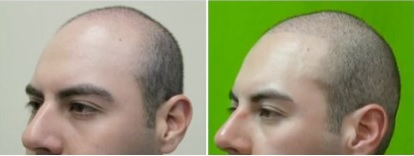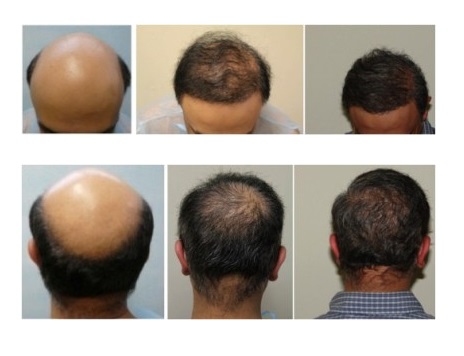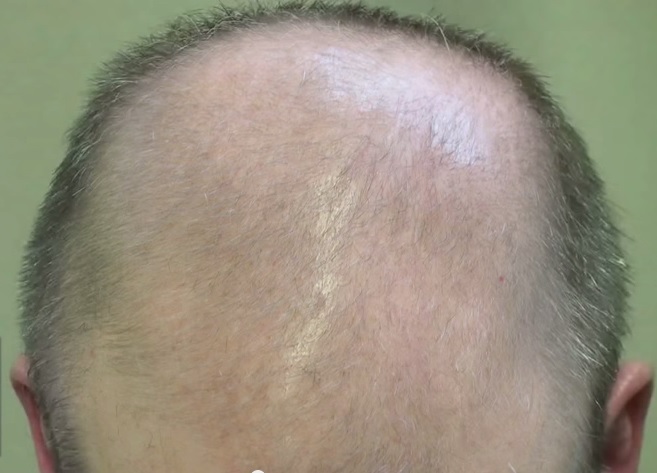How Do Genes Affect Hair Loss?
Genes are segments of DNA which act like instructions for creating structures in the body. Male pattern baldness results from the genetic coding which creates weak protein receptors embedded on the hair follicles. They are sensitive to the effects of a chemical compound called DHT which travels in the blood stream. DHT causes the follicles to shrink. Hair thinning occurs and eventually falls out.
What Is DHT?
DHT stands for dehydrotestosterone. Dehydrotestosterone is formed when an enzyme called type II five alpha reductase breaks down testosterone.
It impairs the ability of the hair follicles to take in oxygen and nutrients as they normally would from the blood stream. This is what causes them to miniaturize. The growth phase of the hair becomes shorter. And the shafts that do grow in become progressively thinner until the vellus stage is reached. Vellus hairs can be likened to peach fuzz.
Is it Possible to Manipulate the Effect of DHT On the Hair Follicles?
Propecia is an oral prescription drug that blocks the action of five alpha reductase (type II). This prevents the breakdown of testosterone and lowers the levels of DHT in the blood stream.
Hair growth can be experienced in a certain percentage of men who take Propecia. However, this phenomenon cannot be expected to occur for everyone. Propecia can be used as a means to help control and prevent the extent of male pattern baldness.
At the moment, the only reliable way of achieving the desired level of hair growth and coverage is by transplanting healthy follicles into the regions of hair loss. Mild or moderate cases of baldness in men can be successfully reversed through hair transplant procedures that use hair grafts sourced from the head.

Now it is possible for severe forms of hair loss to be addressed through the use of body hair follicles which can enable the creation of large donor pools up to about 20,000 hair grafts.

This is a highly specialized practice that requires the use of tools and processes that are able to safely harvest follicles from areas like:
(1) chest
(2) beard area
(3) arms
(4) legs
(5) abdomen
(6) back
Wound healing must also be optimized so that there are no visible forms of scarring for patients to be concerned about.
A surgical system known as uGraft was developed by Dr. Umar to address these issues for the successful harvesting of body hair follicles. To learn more about this procedure, click here to read more.

